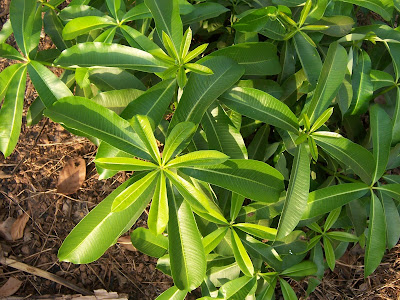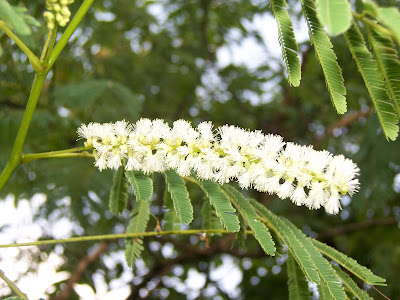
Botanical Name(s): Gloriosa Superba
English Name(s): Malabar Glory Lily
Sanskrit Name(s): Langli Hindi Name(s): Kalihari
Description: It is a tuberous climbing creeper with wavy-edged yellowish red flowers which are big and attractive. Sometimes they are found in bunches or in single. Fruit is round in shape containing circular seeds. The plant usually blooms in winter season.
Chemical Constituents: Contains alkaloid named Colchicine and also gloriosine
Indications: Wounds, Lymphadenopathy, Worm infestation, Loss of appetite, Indigestion, Liver disorders, Fever, Inflammatory conditions, Piles, Blood disorders, Uterine contractions, Poisoning, Skin related disorders & Killing head lice.






